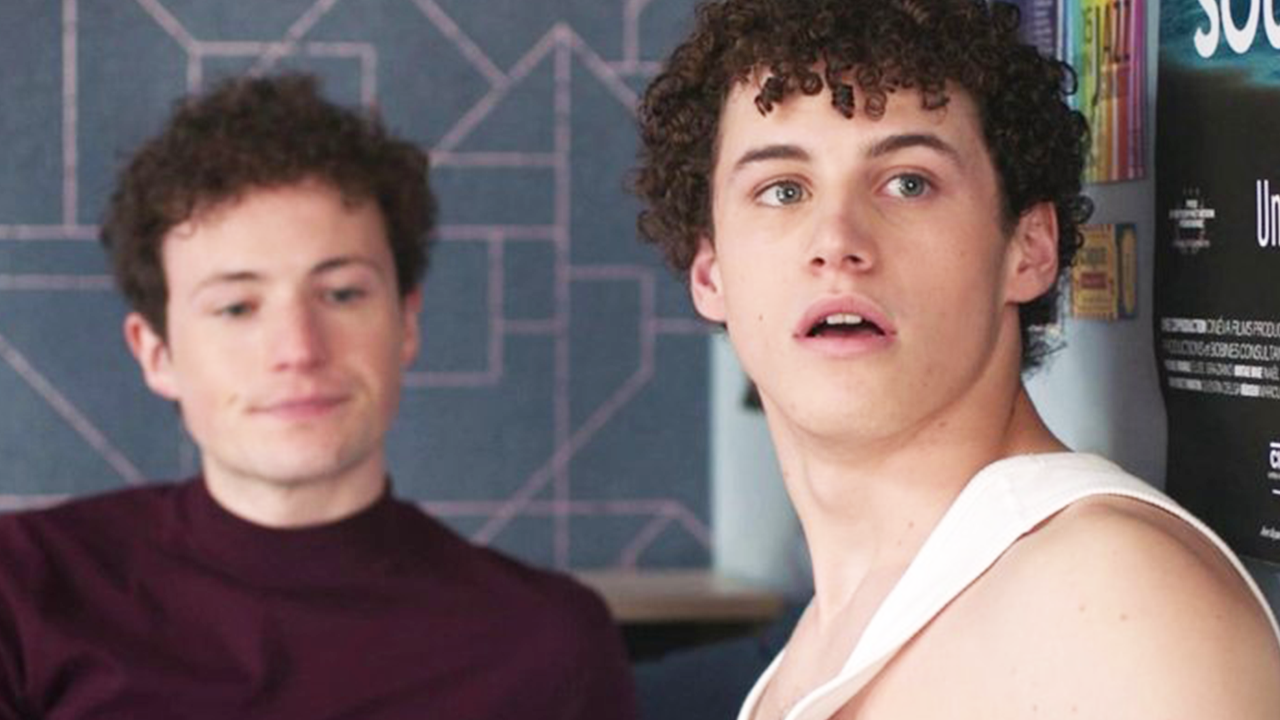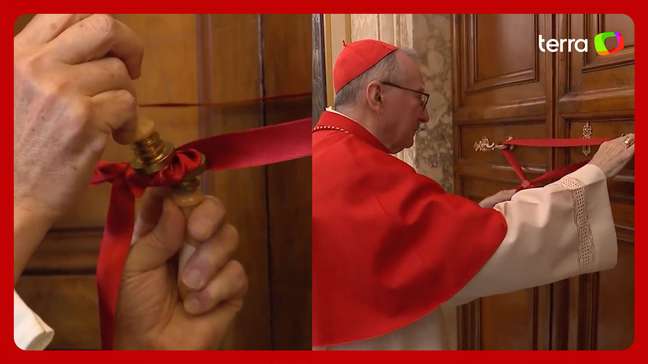This year 2024 marks 36 years since the release of one of Tim Burton’s most beloved and strange films: “Beetlejuice”. Released in March 1988, this film continues to be a reference in cinema for its blend of dark humor, gothic elements and Burton’s undeniable creativity.
The story revolves around a couple who, after discovering his tragic death, yearn to rest in peace at home while learning the basic rules of the afterlife.
However, their peace of mind is disturbed when a new family moves into the house with plans to renovate it. The dead owners, determined to reclaim their home, make a deal with a demon to scare the intruders into leaving.
What seemed like a good idea soon spirals out of control, sparking a series of increasingly complex entanglements.
With its unique visual style and blend of dark humor and fantasy, this film has left its mark on pop culture. But, did you know that behind this story there are a series of curiosities and secrets that make it even more fascinating?
From surprising casting decisions to hidden details on the set, “Beetlejuice” is full of stories and curiosities that few know about.
We share with you some of the most interesting about one of the most iconic and representative films of the late 80s.
#1 Why does Lydia wear a red wedding dress in ‘Beetlejuice’?
Lydia’s (Winonoa Ryder) iconic wedding dress in ‘Beetlejuice’ is one of the most memorable elements of that film. For this scene, the director chose the young woman’s clothes to be red and not white as tradition dictates.
This color, far from a random choice, has deep symbolism that adds other meanings to the film’s visual narrative. The use of this tone is a nod to the saying “Married in red, better off dead”.
This saying reflects a certain contempt for traditional marriage standards and fits perfectly with the dark and humorous tone of the film. By dressing Lydia in red, Burton emphasized the macabre nature of the scene, as the wedding itself was a farce, forced by Beetlejuice in an attempt to manipulate the situation for his own selfish purposes.
In addition to symbolism, it can also be interpreted as a sign of danger, passion and rebellion, qualities that align with the personality of the character of Lydia, a teenager who feels cut off from the world around her, a melancholic and unique figure in her family. which ultimately emphasizes its unusual nature.
#2 The Tim Burton Joke That Almost Ruined ‘Beetlejuice’
Although it’s hard to imagine it by any other name today, ‘Beetlejuice’ almost wasn’t called that. Studio executives were not convinced by this title and came to propose alternatives such as ‘House Ghosts’.
As a joke, Tim Burton suggested the name Scared Sheetless, but was in for a surprise when the idea was seriously considered. Ultimately, the original title prevailed, giving the film its signature name.
No. 3 Oscar winner
Tim Burton’s creation was not only a commercial success, grossing $73 million in the United States alone, but it was also recognized at this prestigious awards ceremony. In 1989, “Beetlejuice” won the Academy Award for Best Makeup.
#4 The scene that became iconic
One of the most representative moments is the “cursed banquet”, where the characters are forced to dance to the beat of “Day-O (The Banana Boat Song)” by Harry Belafonte.
This musical number is not only memorable, but left a deep mark on those involved. So much so that at the funeral of actor Glenn Shadix (who played Otho Fenlock) in 2010 the last song played was precisely ‘Day-O’, as an emotional tribute.
#5 Catherine O’Hara takes on the role of Delia Deetz
The role of Delia Deetz, Lydia’s eccentric stepmother, played by Catherine O’Hara, was almost played by another actress.
The character was originally designed for Anjelica Huston, who turned it down due to health issues.
After that, Burton approached O’Hara, but he declined the offer. To convince her, the director personally traveled to convince her to join the project, which ultimately resulted in one of the most memorable performances of the film.
#6 Michael Keaton turned ‘Beetlejuice’ into a cinematic icon
Although he is the character that gives the film its name, surprisingly, Michael Keaton is only on screen for 17 minutes of the film’s 92 minutes.
However, his energy and charisma were so strong that audience response was so positive that Burton’s team decided to add a more upbeat epilogue for the character.
#7 The animated series “Beetlejuice”.
The film’s success did not end with its theatrical release. In 1989, the story made its television debut in an animated series focusing on the adventures of Lydia and Beetlejuice. The series ran for four seasons and helped keep the popularity of these characters alive among the younger generations of the time.
#8 A tragic report
The film is full of fascinating details, but there is one particularly terrifying one. In one of the scenes while Barbara and Adam are waiting in the otherworldly office, Flight 409 is heard being mentioned, a reference to a tragic real-life plane crash from 1955.
United Airlines Flight 409, which departed from New York, was destined for San Francisco, California. On October 6, 1955, the plane crashed on Medicine Bow Peak, near Laramie, Wyoming, killing all 66 on board (63 passengers and 3 crew).
#9 The crossover with “The Strange World of Jack”
Observant fans will notice that the skeleton head in Beetlejuice’s hat bears a striking resemblance to Jack Skellington, the protagonist of “The Nightmare Before Christmas,” another of Tim Burton’s iconic creations.
#10 The sequel that didn’t come
Although the success of the feature film led to consideration of a sequel, the idea was eventually shelved. The story would have involved Beetlejuice moving to Hawaii and transforming into a creature called Juicifer, but Burton lost interest in the project and chose to direct “Batman.”
Source: univision
Camila Luna is a writer at Gossipify, where she covers the latest movies and television series. With a passion for all things entertainment, Camila brings her unique perspective to her writing and offers readers an inside look at the industry. Camila is a graduate from the University of California, Los Angeles (UCLA) with a degree in English and is also a avid movie watcher.







